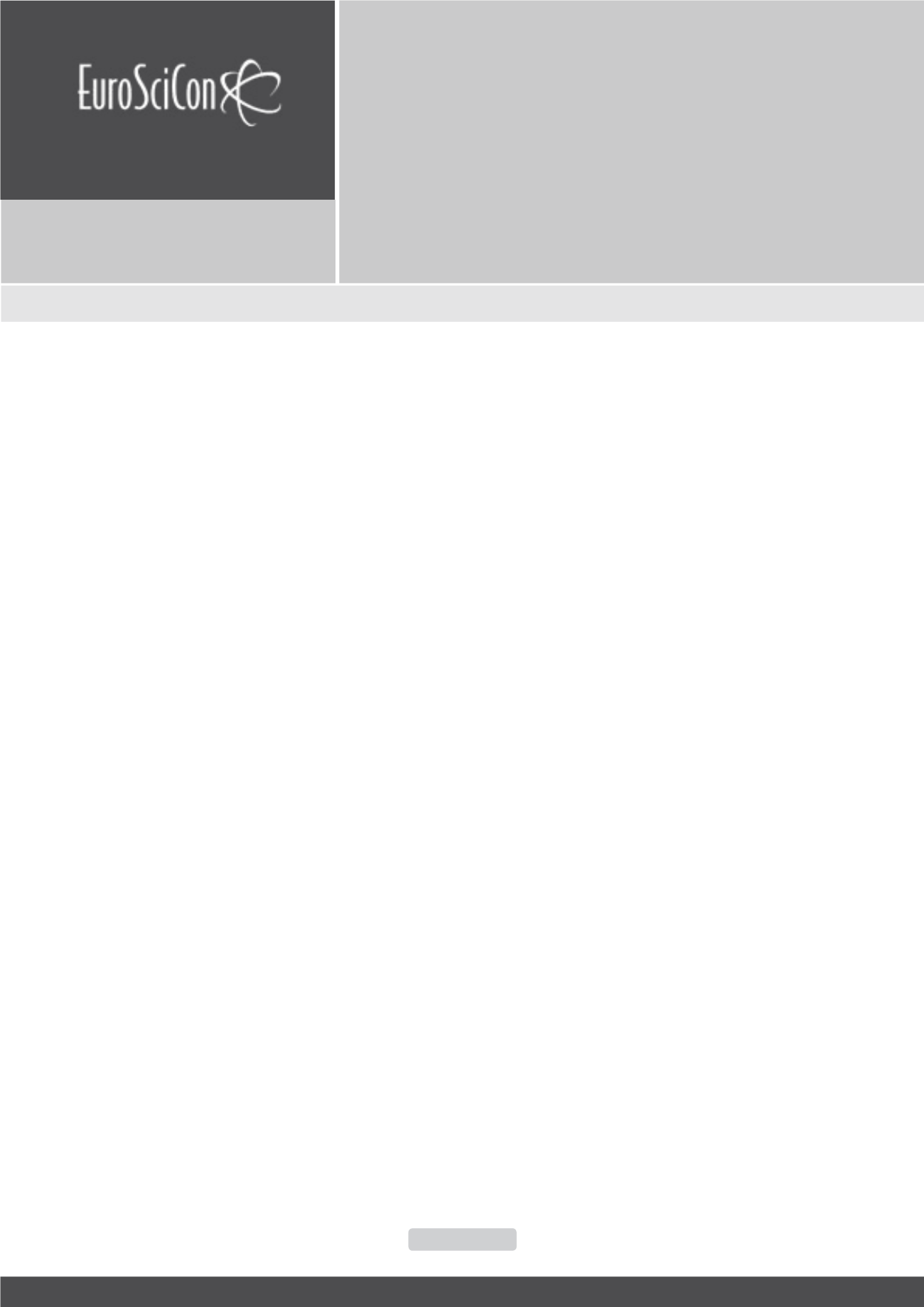

Dental Treatment 2018
Dentistry and Craniofacial Research
ISSN: 2576-392X
Page 69
September 10-11, 2018
Zurich, Switzerland
25
th
International Conference on
Dental Treatment
Background:
The introduction of laser in dentistry, in the 1960s, by
Miaman, led to a continuous research in the various applications
of lasers in dental practice particularly in prosthodontics.
Nowadays, the use of laser in prosthodontics has replaced many
conventional surgical and technical procedures and is about to
replace the dental handpiece. The aim of this review is to provide
a complete understanding of the fundamentals of lasers and their
applications in the various disciplines of prosthodontics. Laser
in dentistry become a must in dental clinic for some specific
patients, and a need for the others, what can’t not be solved by
using the traditional treatment, laser could be a good choice to
resolve it. Laser use in dentistry has expanded and improved
some treatment options for clinicians who have adopted this
technology
Objective:
The objective of this lecture is to provide an overview
on: the fundamentals of laser science; what are the common
components of all lasers devices; laser wavelengths available
in dentistry, and the best laser to select in prosthodontics
treatment; the applications of lasers in the various branches of
prosthodontics; the advantage of using laser over the traditional
treatment and; clinical cases presentation.
Methodology:
A recent review about the use of lasers in dentistry
was conducted.
Results:
Dentistry today is evolving tremendously and the use of
lasers in dentistry is a double edged sword: if it is properly used,
laser can be an initial and/or additional tool in our daily practice,
whereas if it is misused it can lead to catastrophic results.
appleclinic21@gmail.comApplication of laser in prosthodontics
Randa Zein
University of Genoa, Italy
J Dent Craniofac Res 2018, Volume 3
DOI: 10.21767/2576-392X-C3-009
















